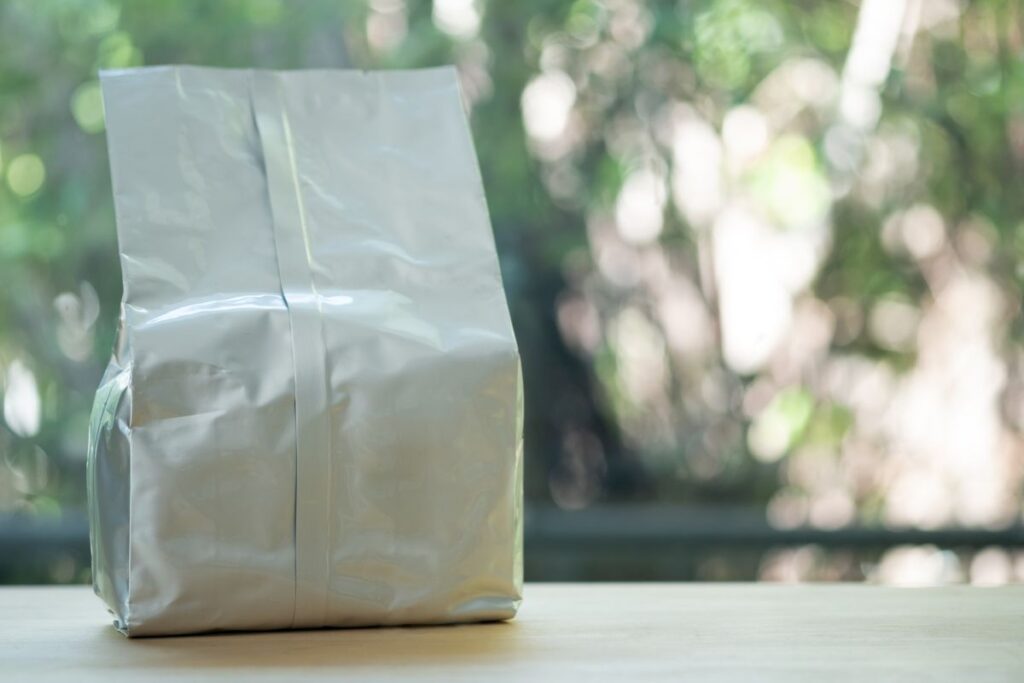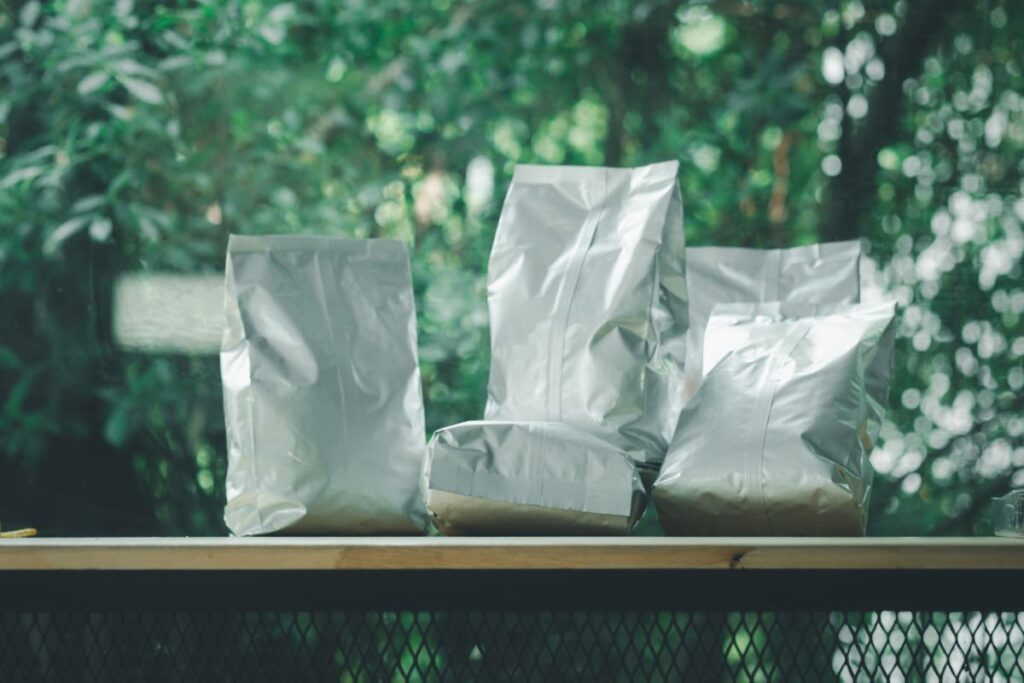Today, consumers are placing greater emphasis on health and food safety. As a result, the label and guarantee of “Preservative-Free” has become one of the key factors influencing purchasing decisions, whether it’s roasted coffee, grains, health drinks, or snacks. This shift comes from growing awareness of the long-term effects of consuming preservatives, such as risks of allergies, impacts on the digestive system, and concerns about chemical residues in the body.
However, for manufacturers, reducing or eliminating preservatives presents a major challenge that requires careful management. Without preservatives, food generally has a shorter shelf life and becomes more susceptible to rancidity, moisture accumulation, changes in taste, or a decrease in nutritional value. This can cause products to lose quality before reaching consumers and increase costs from product loss.
A widely adopted solution today is protective packaging using foil pouches, combined with recipe development, to naturally extend shelf life without relying on chemicals. This approach helps preserve flavor, aroma, and nutritional value as close to the production day as possible.
Key Benefits of Foil Pouches for Extending Shelf Life Without Preservatives

1. Reducing the Need for Preservatives with a Super-Barrier Foil Layer
Foil pouches are made from multiple layers of material, with an aluminum foil layer serving as the main protective barrier. This layer has extremely low oxygen transmission rate (OTR) and water vapor transmission rate (WVTR), nearly to the point of zero. As a result, oxygen and moisture are prevented from entering the package, allowing food to stay fresh longer without the use of preservatives.
2. Complete Odor Protection (Inside and Outside)
The structure of foil pouches not only prevents food aromas from leaking out but also stops external odors from seeping into the packaging. This feature helps maintain the product’s original taste and fragrance, ensuring consistent quality during storage or transport, even in environments with external odor interference.
3. Compatibility with Nitrogen Flushing (MAP)
Foil pouches can be used with Modified Atmosphere Packaging (MAP), a method where oxygen is removed from the pouch and replaced with nitrogen gas. This significantly slows down deterioration reactions, helping products last longer, stay crisp, and retain their fresh taste without becoming rancid.
4. Heat Reflection and Internal Temperature Control
The foil layer reflects thermal radiation, making it more effective at maintaining stable internal packaging temperatures compared to standard packaging. This reduces the impact of external heat, which can otherwise damage food taste and nutritional value. It is particularly beneficial for transporting temperature-sensitive foods.
5. Strong Yet Lightweight Structure
Foil pouches are built from multiple film layers that are highly resistant to stretching, compression, and puncture. This protects products during storage and transportation. At the same time, the lightweight design helps reduce packaging and shipping costs efficiently.
Factors That Affect Food Quality and the Role of Foil Pouches in Natural Shelf-Life Extension

Extending the shelf life of food without preservatives requires careful consideration of external factors that directly contribute to product degradation. These factors can accelerate changes in taste, aroma, and nutritional value, increasing consumer safety risks. While they are difficult to avoid during production, storage, and transport, using foil pouches can effectively protect against these issues.
Air and Oxygen
Oxygen is a major driver of oxidation reactions in food, especially in products high in oils or fats. This leads to rancid odors, bitter or off flavors, and a loss of natural richness. Additionally, fat-soluble nutrients like vitamins A, D, E, and K deteriorate more quickly in the presence of oxygen, reducing nutritional value and shortening shelf life.
Airborne Moisture
Moisture directly affects food texture and safety. For example, snacks or cereals lose their crispiness, become soft, or clump together, lowering product quality. Excess moisture also creates favorable conditions for mold and bacteria growth, leading to spoilage, contamination, and food safety risks.
Environmental Odors
Foods can easily absorb odors from their surroundings, such as dried foods, roasted grains, or seasoning powders. If the packaging does not effectively block external smells, chemical odors, oils, or scents from other products may seep in, masking the natural aroma of the food and altering its taste.
Light and Heat
Sunlight and high temperatures accelerate food deterioration. Prolonged light exposure gradually breaks down key nutrients, such as vitamin C, which rapidly degrades under UV light. As a result, food loses its expected nutritional value. Heat also speeds up changes in color, aroma, and taste; foods may fade in color, lose fragrance, or taste less rich, making them appear stale and unappealing.
Dust and Airborne Contaminants
Tiny dust particles and invisible airborne contaminants can enter food during storage or transportation if packaging is not adequately sealed. These impurities lower food quality, introduce pathogens, and compromise consumer safety.
Hoei Foil Pouches: Preservative-Free Shelf-Life Extension with Quality Protection
Choosing not to use preservatives is no longer just a marketing strategy, it has become a responsibility consumers expect from modern food brands. Customers want products that are safe, free of chemical accumulation in the body, and long-lasting without sacrificing taste, aroma, or nutritional value.
In today’s highly competitive market, maintaining food quality without preservatives is a true demonstration of brand care and commitment. Effective packaging that protects against deterioration factors is now an essential part of food production.
Hoei’s premium foil pouches are designed with Super-Barrier technology to block oxygen, moisture, and light, support nitrogen flushing, and maintain stable internal temperatures. This enables manufacturers to extend food shelf life naturally, reduce reliance on chemicals, and maintain product quality from factory to consumer.Ultimately, this is not just about storage techniques, it reflects a brand’s dedication to health and consumer trust. The “Preservative-Free” label becomes more than just a marketing claim; it is a verifiable standard and a crucial step toward building sustainable differentiation in the food industry.
